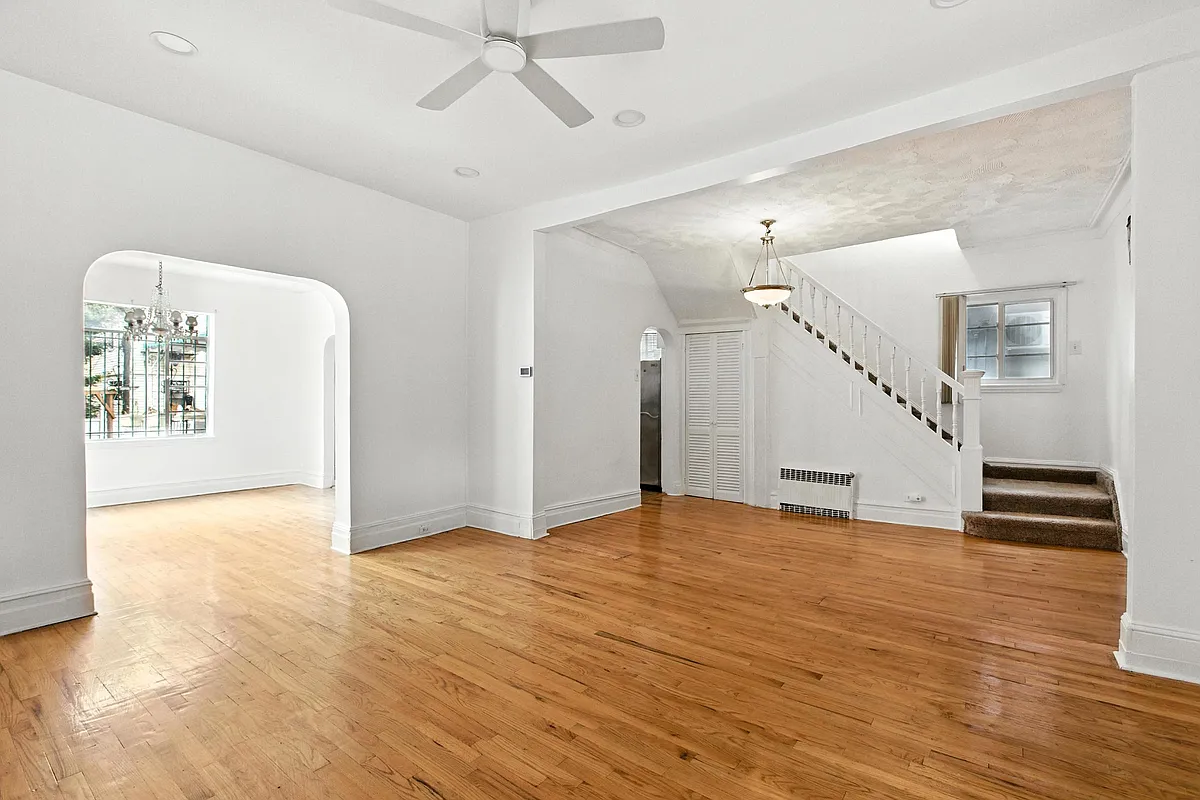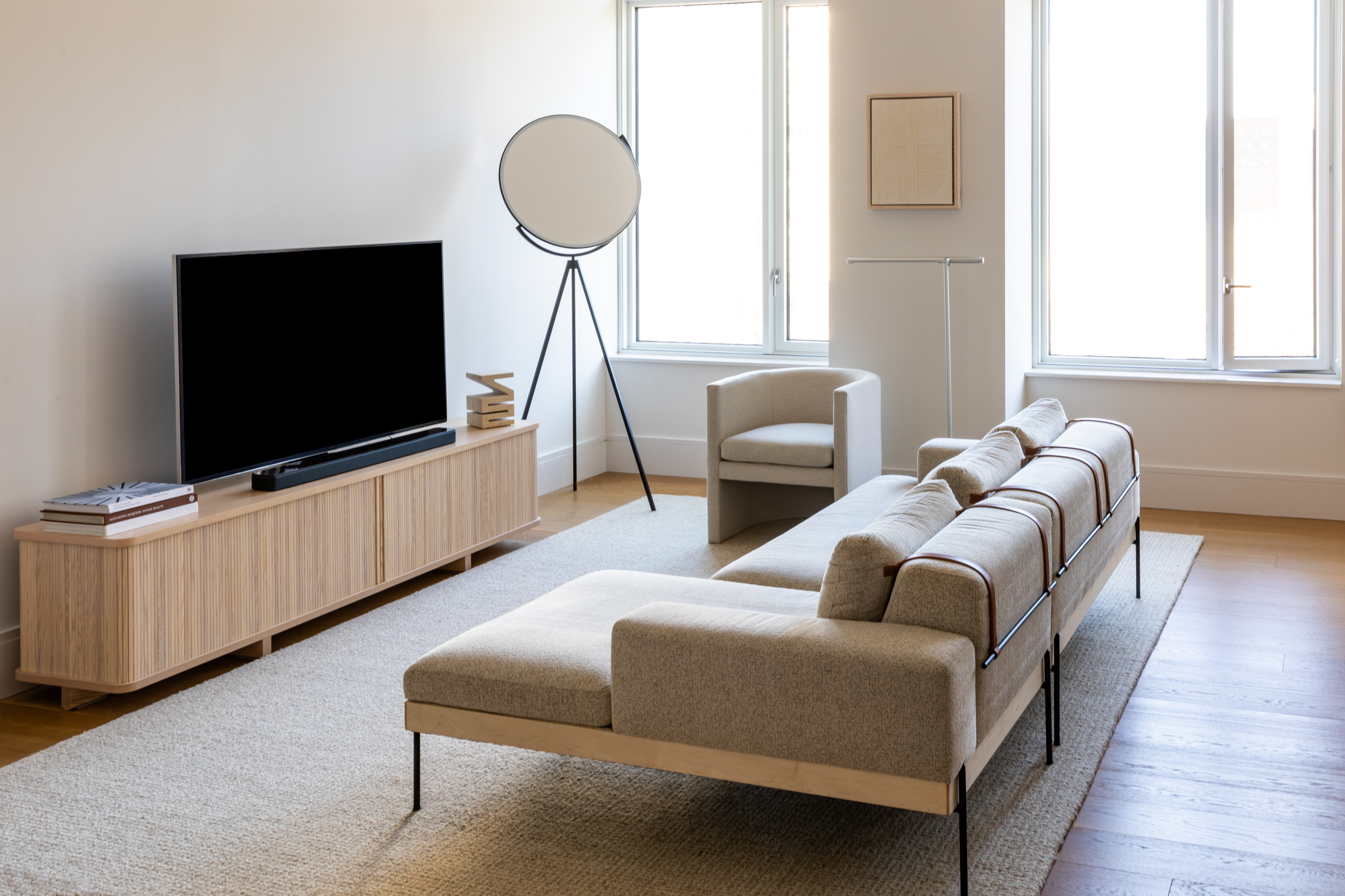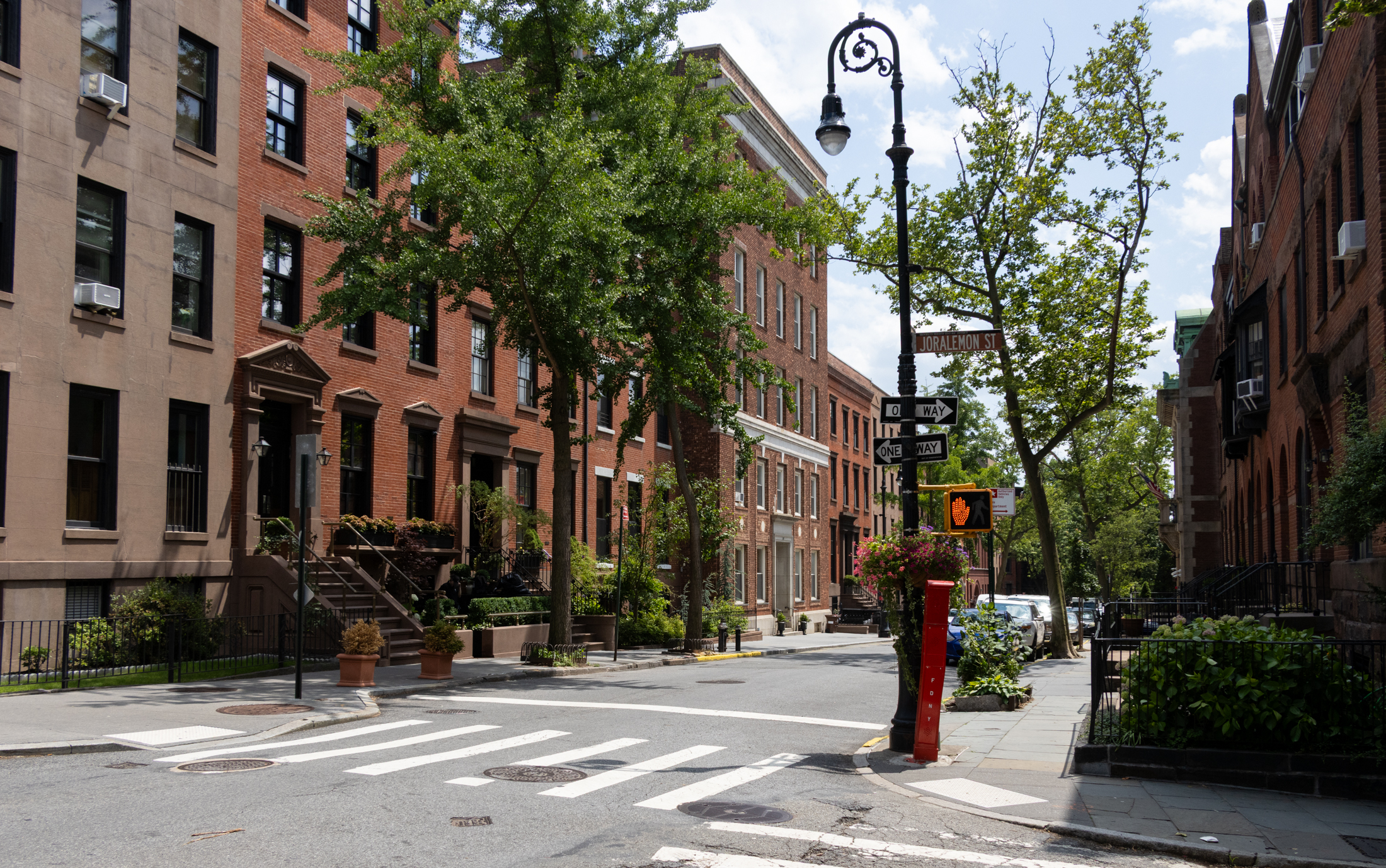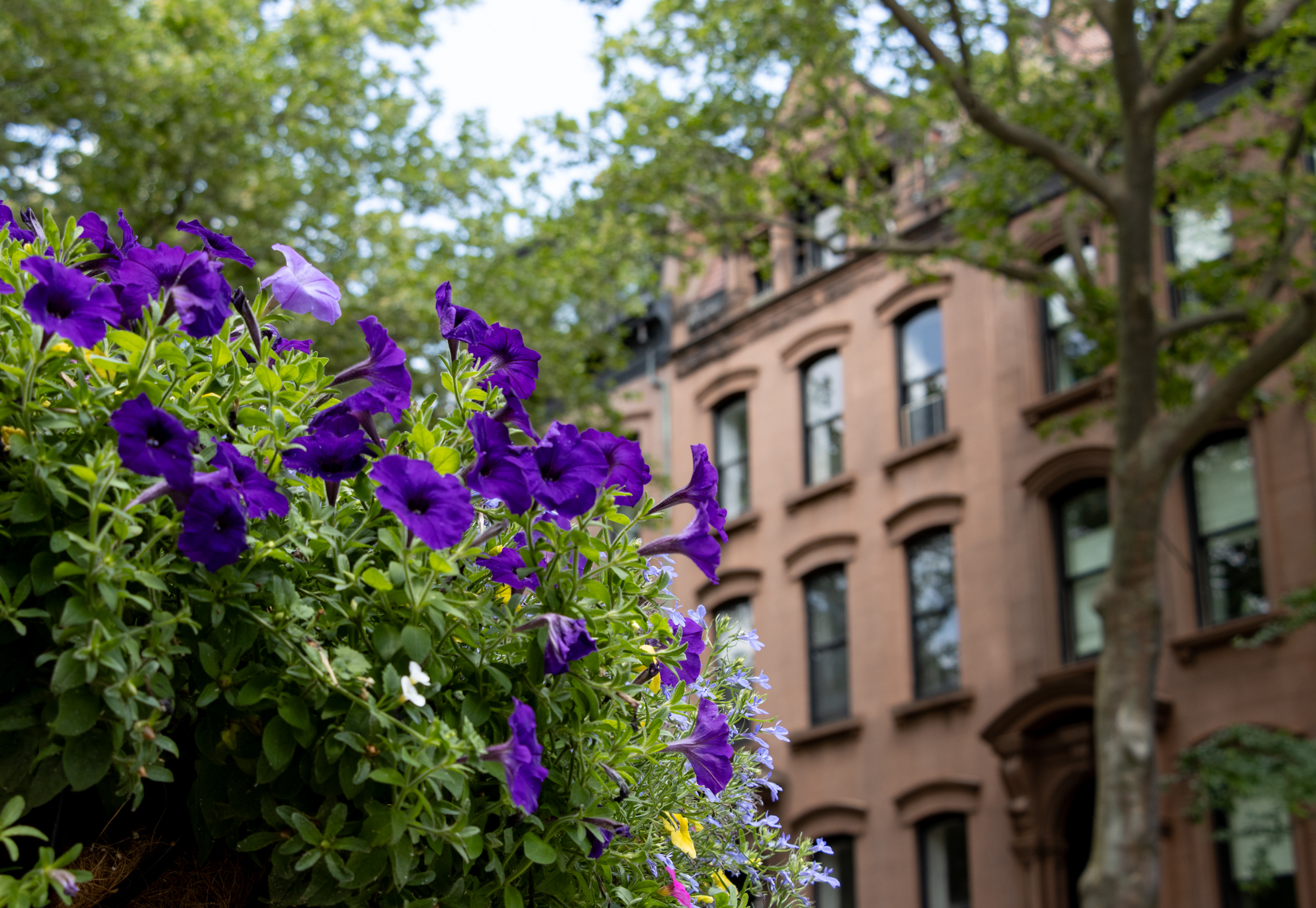Building of the Day: 126 St. Felix Street
Brooklyn, one building at a time. Name: Brooklyn Music School Address: 126 St. Felix Street Cross Streets: Lafayette Avenue and Hanson Place Neighborhood: Fort Greene Year Built: Original houses- 1850s, but totally reconfigured in 1920-1928 Architectural Style: Vaguely Mediterranean/Spanish Revival Architect: Original architect unknown, 1920 reconfiguration by Meyer & Mathieu, 1928 addition by John Infanger…

Brooklyn, one building at a time.
Name: Brooklyn Music School
Address: 126 St. Felix Street
Cross Streets: Lafayette Avenue and Hanson Place
Neighborhood: Fort Greene
Year Built: Original houses- 1850s, but totally reconfigured in 1920-1928
Architectural Style: Vaguely Mediterranean/Spanish Revival
Architect: Original architect unknown, 1920 reconfiguration by Meyer & Mathieu, 1928 addition by John Infanger of Slee & Bryson.
Other buildings by architect: Hans Meyer taught architecture in NYC schools, and is on record for alterations at Tudor City in Manhattan.
Landmarked: Yes, part of BAM HD (1978)
The story: Sandwiched in between the Brooklyn Academy of Music and the Hanson Place Methodist Church is the Brooklyn Music School. This venerable institution is almost always forgotten when most people think about Fort Greene and its arts institutions, which is really a shame, as it has a long and proud history in the Brooklyn community. Many well-known musicians and performers got their start here, either as children taking lessons, or as emerging young artists taking the professional stage for the first time.
The Brooklyn Music School Settlement was founded in 1909 as an arm of the New York Music School Settlement, an organization dedicated to the musical education of immigrant and lower income children, who would never have been able to receive musical instruction otherwise. Their first home was the Neighborhood Guild, on Concord St. In 1912, thy bought an infamous bar called the “Tub of Blood” on the corner of Pacific Street and Grand Avenue, which was extensively rehabbed for school use by William Tubby and his son.
The organization wanted to relocate downtown, and in 1920, bought three brownstones, at 122-126 St. Felix, next door to the Brooklyn Academy of Music, and began turning them into a school. The reconfiguration was designed by Hans C. Meyer of the firm Meyer & Mathieu, and involved gutting all three buildings and joining them into one school, stripping the facades and stuccoing them to look like one building, adding an iron and terra-cotta cornice.
The school was divided into classrooms and offices, and an intimate Spanish-style theater was added, which can seat 266 people. In 1928, 128 St. Felix was purchased, and added to the school, receiving the same stucco and façade job, adding more space to the school. This job was designed by John Infanger of the firm of Slee & Bryson, a familiar name in this column. The school now has 24 classrooms, three dance studios, and the theater.
As the 20th century commenced, the NY Times records hundreds of concerts and events at the school, with an emphasis on the Settlement’s mission; to provide musical education to those who would not be able to receive it in private instruction or more expensive schools. The children of Jewish, Italian, Polish and other immigrants were joined by African American, Hispanic and Asian children, and school continues to grow. Young artists and performers, just starting their careers, who were without wealthy backgrounds, also called the school home.
One of the most famous Brooklyn Music School alumni was mezzo-soprano Risé Stevens, most famous for her performances as Carmen, in George Bizet’s famous opera of the same name. She gave her first concert performances here, and was a member of the school’s Little Theater Opera Company. She donated and raised money for the school for the rest of her life. In 1978, the School, as well as the entire block became part of the Brooklyn Academy of Music Historic District.
A personal aside to this story: this was my Brooklyn music home for a number of years. I performed in four operas and several concerts here, and know the interior of the building quite well. Some of my friends still teach here. The theater has excellent acoustics and is a lot of fun to perform in. The theater seats, however, were awful; the original hard wooden folding seats that would have your bum quite numb after a four hour performance of the Marriage of Figaro. Last I heard, they had a donation given to them specifically to buy new padded seating. That was several years ago, and I hope that happened. The dressing rooms in the basement used to flood when it rained. I hope they fixed that too. Fun times, which I miss a lot!! GMAP
(Photo: Scott Bintner for Property Shark, 2007)





What's Your Take? Leave a Comment